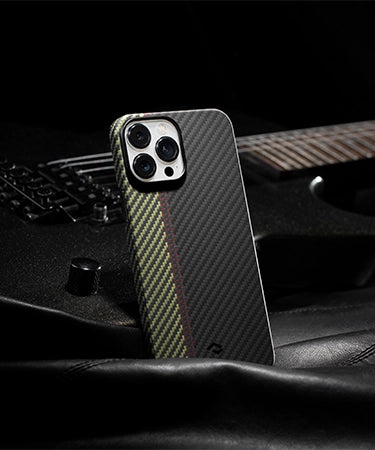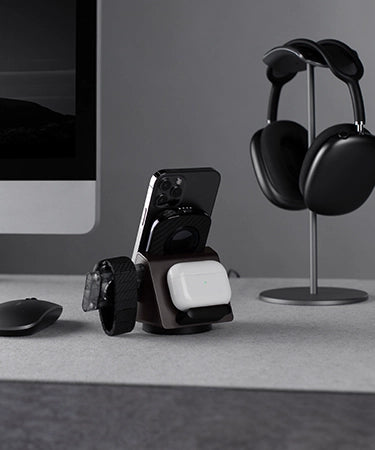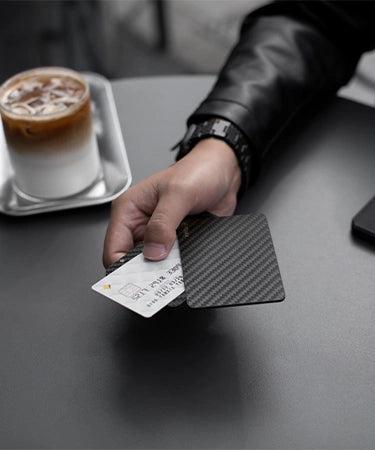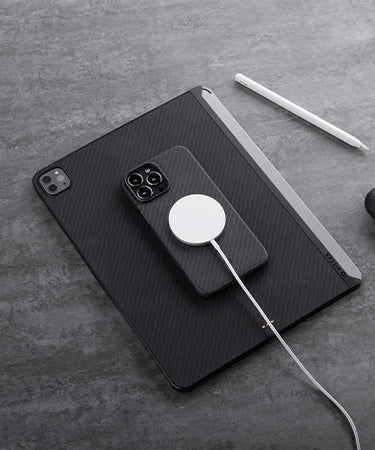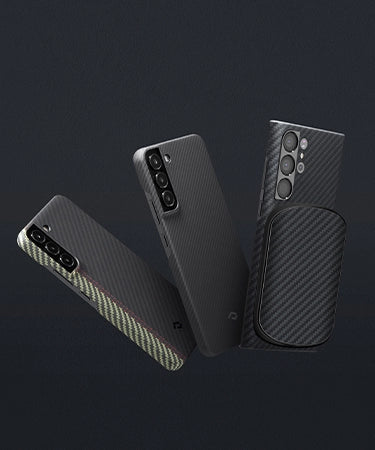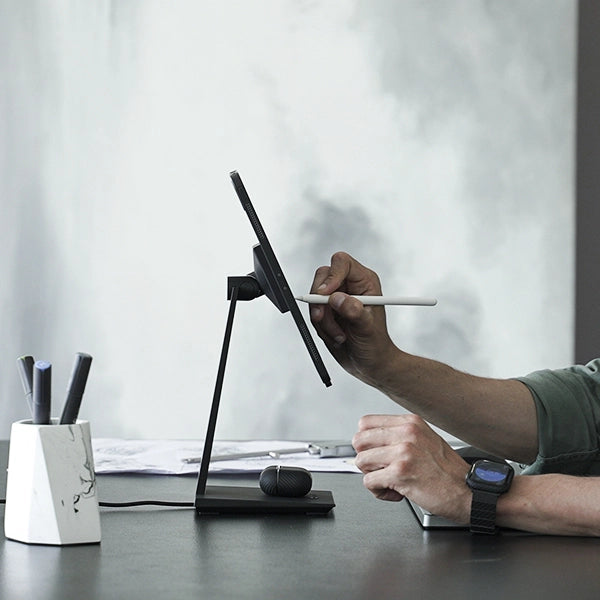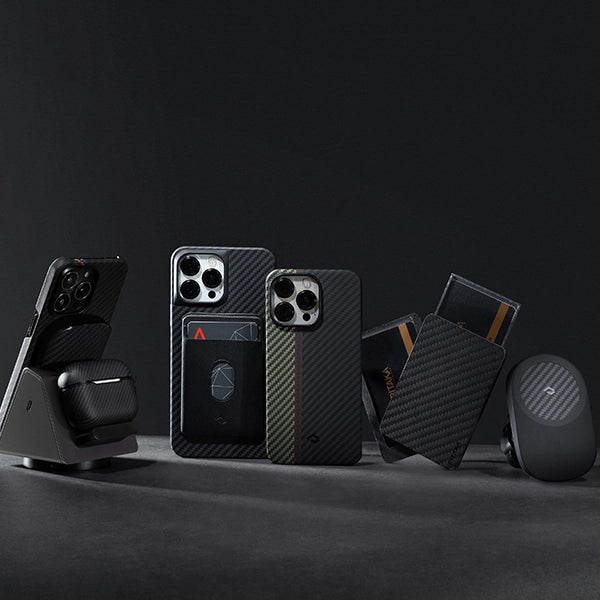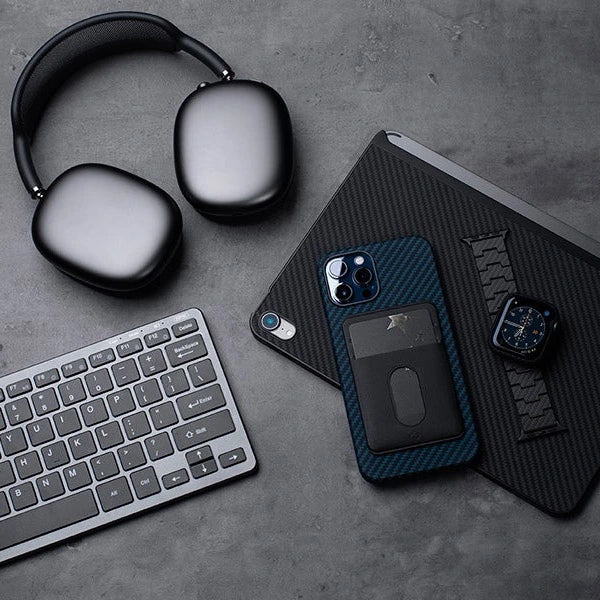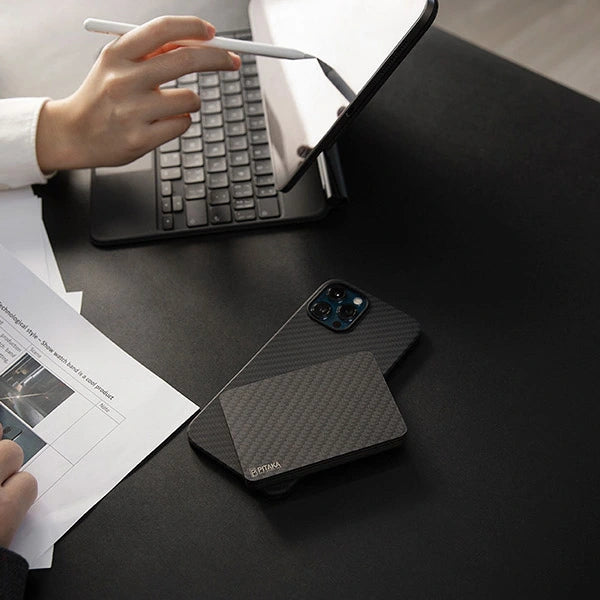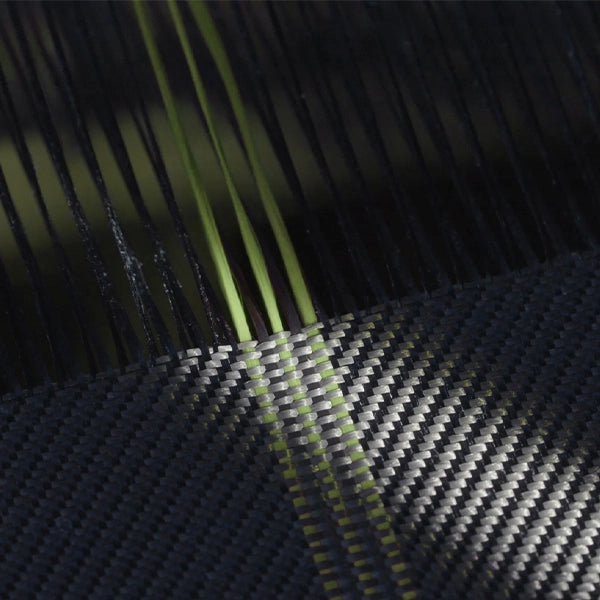
The iPhone 12 launch is now about one month away, and with its imminent release has come rumors and leaks in all shapes and sizes.
But of all of these rumors, the one causing the most stir is the departure of the wall charger. Having been shipped with every iPhone since 2007, its elimination is causing quite the controversy and numerous questions.
Assume the wall charger is no longer included in the iPhone 12 box, how could you charge it?
To help you adjust to a charger-less iPhone, we've put together a shortlist of the best alternatives to charging your iPhone with a wall charger.
Using a Computer

One of the simplest and oldest tricks in the book is to use a computer to charge your smartphone. This is especially helpful if you own a laptop and regularly carry it with you. If you're a MacBook owner, you'll need a USB C to Lightning cable. This method will drain your laptop's battery, so you'll need to make sure that you have enough power to charge your device without killing your computer.
Carrying a Portable Battery

No list of phone charging methods would be complete without the classic portable battery. Ever since removable phone batteries stopped being the norm, power banks have become as ordinary as sunglasses and cellphone cases.
Many cellphone cases now dual as portable batteries, though these are typically cumbersome. You can find non-case portable batteries at every grocery store and convenience outlet in any form you can imagine. It's all about finding the one that is the most convenient for your needs. Just be sure to avoid single-use portable batteries, as these are costly and bad for the environment.
In the car

Another classic of on-the-go charging is using your car to charge your smartphone. Every car from the last twenty years has a 12-volt charging port that you can connect a phone charger to, and most vehicles from the previous five years have at least one USB port that you can directly plug a cable.
The drawback of charging a phone in the car is that these outlets tend to deliver significantly less power than a wall outlet, so it'll take longer to charge a phone to 100%. This method is better for getting a few extra minutes of charge here and there throughout the day when running errands but isn't beneficial for most users.
Don't leave your phone to charge in the car, either. The sun's heat can easily cause your phone to overheat, reducing your battery's lifespan significantly. On the other hand, cold weather can also reduce your phone's lifespan.
In conclusion, if you're not in your car, your phone shouldn't be either.
The Power of the Sun

While the summer heat can kill your phone's battery, it can also be used to refill it through the magic of solar power. Though most solar-powered phone chargers are pricier than a standard phone charger, there's a whole host of options that can charge your phone without carrying a portable battery.
You don't have to remember to charge a portable battery or look for a wall outlet. Just carry your solar charger in your bag and pull it out whenever you're outside. A cloudy or rainy day can quickly make your solar charger useless, however, if you've charged it beforehand, on a sunny day, you can still charge your phone as the energy is stored for later use. Unfortunately, they can take several hours to charge your phone, but if you're traveling or spend lots of time outdoors, it's an excellent investment.
Wireless Charging

Last but certainly not least, there's wireless charging. Wireless charging has been a feature of many smartphones for several years now, and while it's grown in popularity, it's still one of the most underrated features on your mobile.
Wireless charging is an excellent alternative to a traditional charging cable for several reasons: it works with most of your devices, and it's easier on your battery than a standard cable charger, which can damage your battery through faster charging.
Additionally, you never have to worry about "preparing" a wireless charger. Unlike a portable battery or laptop, you don't have to charge your wireless charger, and it can be used under any conditions, unlike a car charger or solar-powered charger.
Ultimately, a wireless charger for the iPhone 12 is the most reliable option for those who need an alternative to old school wall chargers.
How to Choose a Wireless Charger for Your iPhone 12
Finding the right wireless charger for your iPhone 12 is a bit tricky since there are magnets inside.
Is MagSafe Charger The Only Wireless Charger You Can Use?
No. Actually any Qi wireless charger can charge the iPhone 12 or other iPhone models that support wireless charging. The maximum charging speed will be 15W with MagSafe charger while other Qi chargers can only provide 7.5W.
The question is, can you still have the magnetic effect like what Apple showed during the presentation?
For wireless chargers with a desk base, you don't need to worry about that. Because your iPhone, with or without magnets, will sit there anyway. If it's not charging, make sure you are not using any thick cases which can easily affect wireless charging and magnetic attraction.
If you want to use a wireless charger to charge the iPhone 12 in a vertical state, like on the wall, in the car, or other occasions where you can mount the iPhone to charge, so far, the MagSafe is the only option if you use your iPhone 12 naked.
Fortunately, with the MagEZ Case for iPhone 12, more choices are available.

MagEZ Case is embedded with metal plates, so it magnetically attaches to the magnetic wireless chargers like MagEZ Juice and MagEZ Mount Qi Desktop. On the other hand, the placement of metals in the case differs from that in iPhone 12. No overlapping at all. So, MagEZ Case for iPhone 12 is compatible with both MagSafe and PITAKA's magnetic wireless chargers.
You might be interested in:
